Asian restaurants across the country serve a sauce emblazoned with a very bold rooster. The familiar, red Sriracha bottle contains everyone’s favorite sauce that seems to go well with absolutely everything. The craze for Sriracha has extended to include products such as the Sriracha bottle key chain, Sriracha flavored chips, Sriracha stout and even the Sriracha-flavored lollipop.
So, what exactly sets Sriracha apart from other condiments, and what makes it so appealing to such a wide crowd? Read below as Spoon details the handful of ingredients that create this amazing product.
Fresh Red Chilis
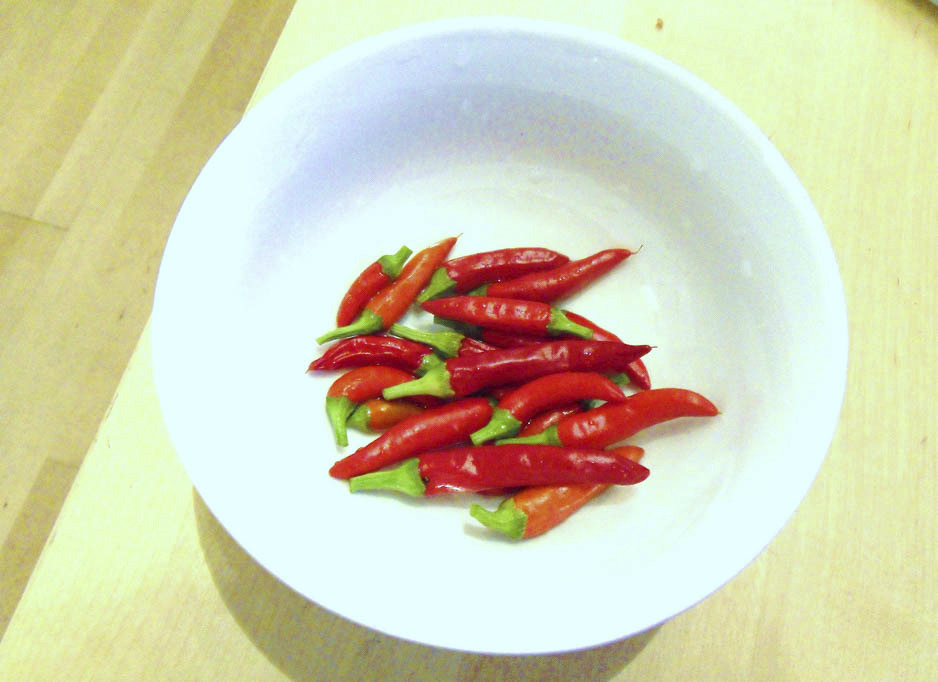
Photo Courtesy of Jennifer C. via Flickr
The chilis harvested for Sriracha contain two molecules called Capsaicin and Dihydrocapsaicin, both of which bond to the receptor molecule TRPV1. When triggered, TRPV1 causes the hot sensation that we experience when eating spicy things. In response, our body releases endorphins, AKA the euphoria chemical. (Fun fact: It’s also released when we eat chocolate.)
Garlic
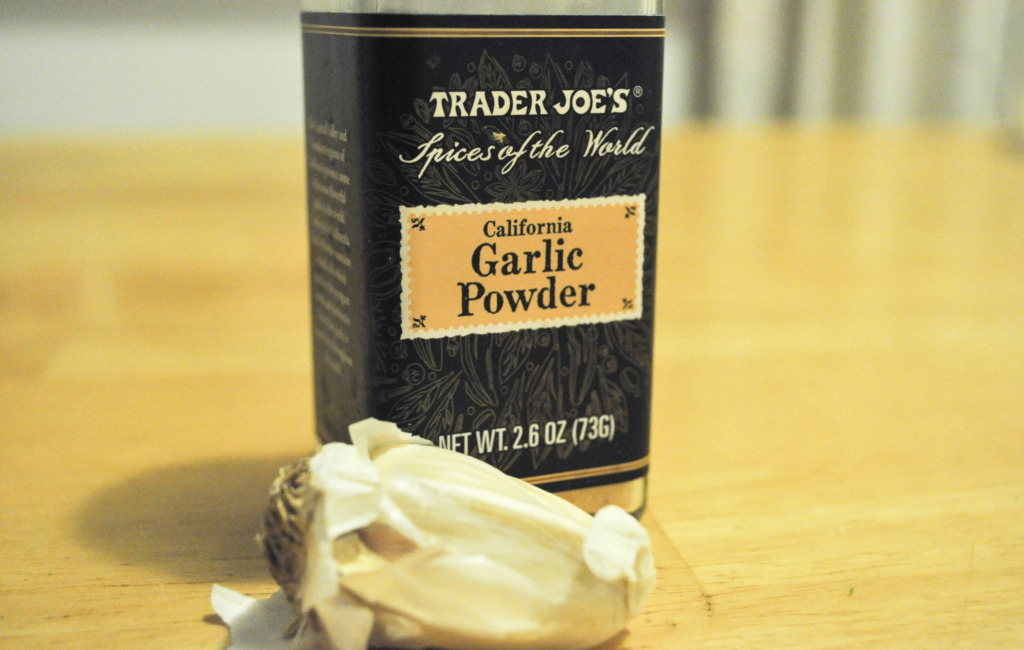
Photo by Elizabeth Layman
The sulfur-based compounds within garlic cause garlic to have its distinct stink (garlic breath, anyone?). However, these compounds activate another receptor, TRPA1, which is also responsible for wasabi’s “tingle.” The addition of garlic adds to the burning sensation that Sriracha eaters experience from the red chilis.
Sugar
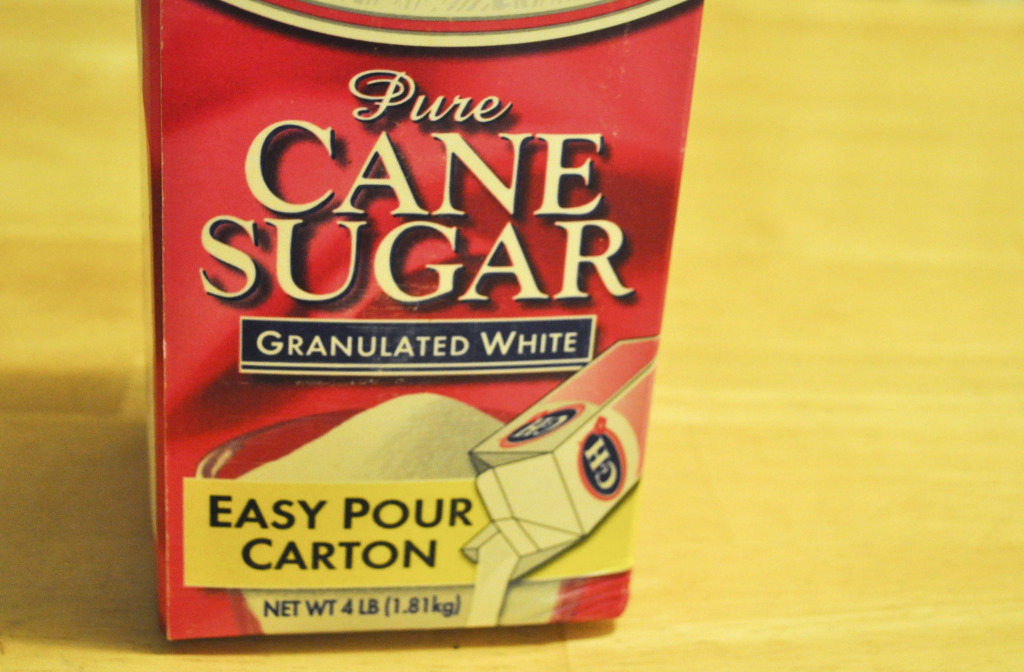
Photo by Elizabeth Layman
The addition of sugar enhances our favorite of the five main tastes – sweet. Quite simply, one can never have too much sugar, making Sriracha the epitome of the phrase “sugar, spice and everything nice.”
Salt
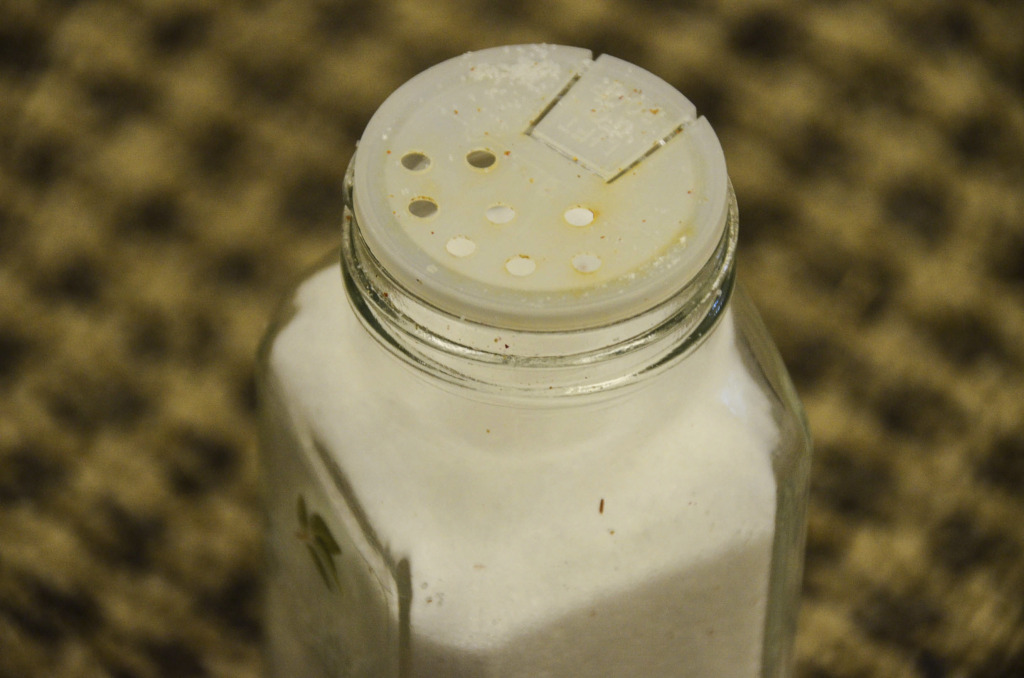
Photo by Smita Jain
As sugar’s counterpart, salt is added to balance out the flavors in the sauce.
Vinegar
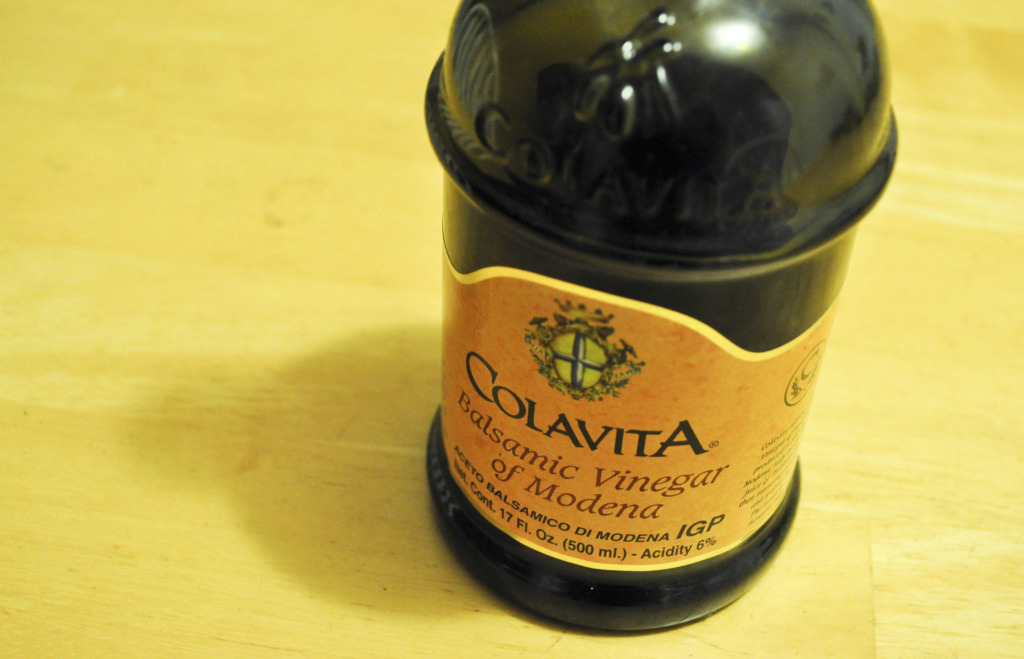
Photo by Elizabeth Layman
The sour, tangy taste of acetic acid (vinegar) adds to the collage of flavors that is present in a single bottle of Sriracha. Beyond tastes, the acidity within vinegar also helps prolong the shelf life of Sriracha…but we know you’ll finish it way before the expiration date anyways.
Xanthan Gum
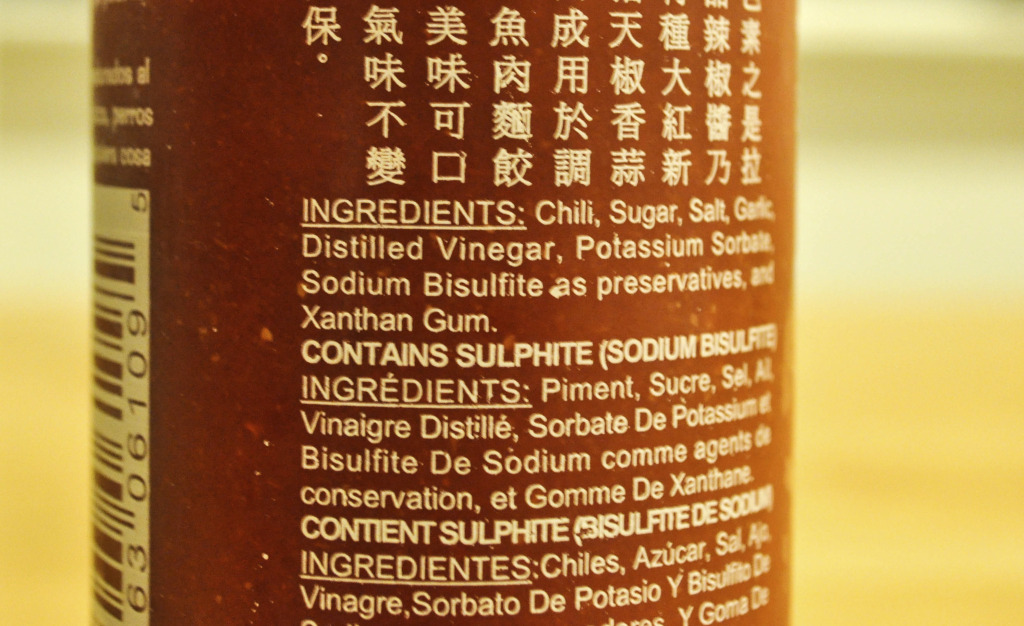
Photo by Elizabeth Layman
This last ingredient is a rather interesting one but also distinguishes Sriracha from other similar sauces. Xanthan gum is a food thickening agent that gives Sriracha a tough, “clingy” quality unlike other condiments. The thickness completes the culinary trinity of taste, smell and touch that contributes to Sriracha’s wide success.

